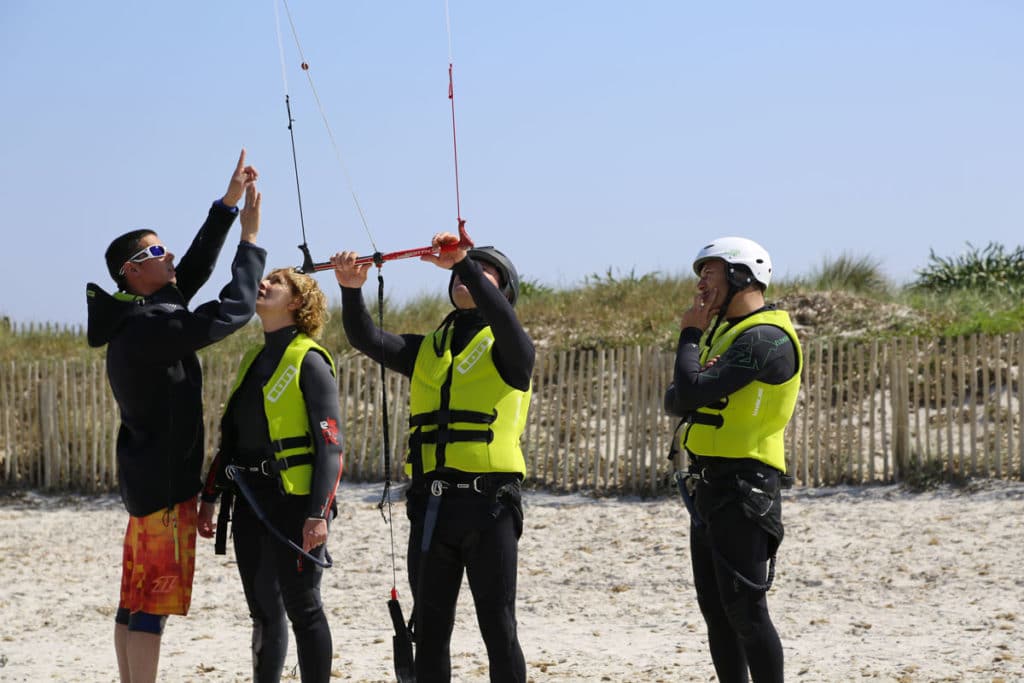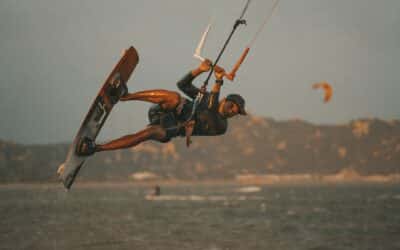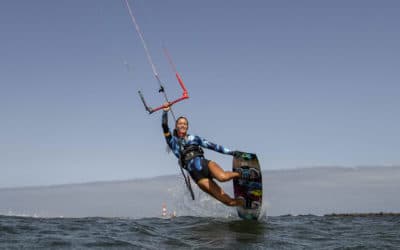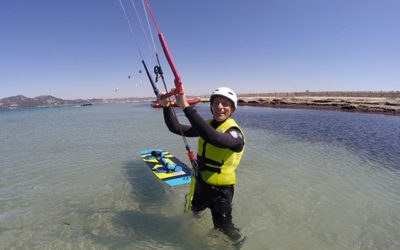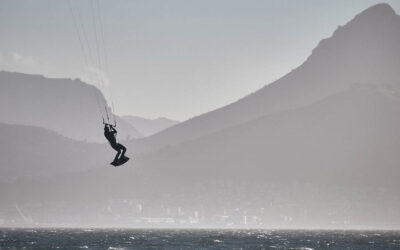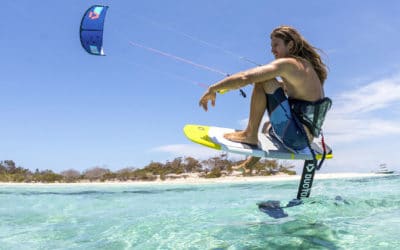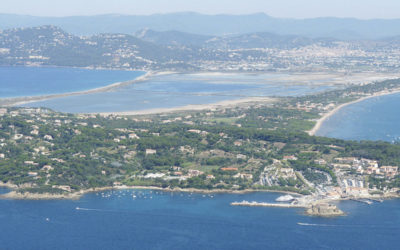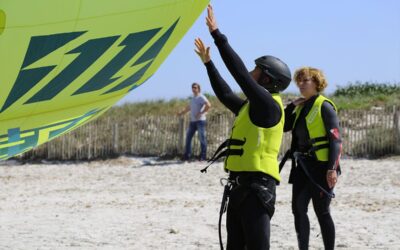How to interpret the wind forecast for a kitesurfing spot?
Knowing how to decipher the forecast is essential to safe kiteboarding. Whether you’re just starting out or are an avid kiteboarder, you know that there are some excellent sites that provide reliable and useful information that you need to understand and analyse to plan a successful ride. In this article, we’ll take a look at what you need to consider to get the most out of your ride.
Reminder of wind directions
The on-shore wind is a wind that comes from the sea and blows towards the land.
Off-shore wind is the opposite, the wind comes from the land and blows towards the sea.
The side-shore wind indicates that the wind is blowing parallel to the beach on one side or the other. This is not the best situation, because if something goes wrong, the kiter can be blown out to sea.
The side-off wind is a slanting wind coming from the land towards the sea.
The side-on wind blows from the sea towards the land in a slanting direction. This is the safest wind direction, as it automatically blows the kiter back towards the beach.
What are the main forecast sites?
Winds-up
This is the best known of all. WindsUp offers a free solution and 4 subscription packages. The revenues allow to maintain the weather beacons which deliver live forecasts every 5 minutes.
Windguru
More specialised in analysing data about wind, its speed, direction and power. Windguru also provides information on air temperature, rain, waves and tides. It is a reference in the world of snowboarding thanks to reliable forecasts over short periods of 24 to 48 hours.
Windy
This site offers an interactive map that kiters are fans of. It allows you to visualise the direction of the winds around the world as well as the speed. The design is clear and efficient and the forecasts are easy to read.
Of course, you shouldn’t rely on just one site, but cross-reference the information to make sure you’re not travelling in vain and are sailing safely. It is also interesting to join groups on social networks that know the spots and are able to give useful information. There is no substitute for a weather forecast, and it is essential to check it regularly.
What are the elements to take into account?
In kiteboarding, wind speed is expressed in knots; one knot corresponds to one nautical mile or 1852 metres per hour. This speed is calculated as an average, the minimum wind speed for kiting is between 11 and 13 knots.
Gusts, which are temporary gusts of wind, must be taken into account, as they can be dangerous, especially for beginners.
The wind direction is represented by an arrow system pointing to the direction in which the wind is blowing. If the arrow is to the right, the wind is blowing from west to east, in which case it is an on-shore wind blowing from the open sea towards the land.
The waves are indicated on the WindGuru website. If the waves are higher than 1.5 metres, it may be more difficult for an inexperienced sailor to navigate.
Precipitation is important; rain whipping on the face can cause visibility to be impaired. It is more pleasant to go kiting in good weather or at least when it is not raining.
The tides are displayed by clicking on them. When the curve is at its highest, it indicates that the tide will be high at a specific time. This is essential depending on the spot you are planning to sail. For example, when the tide is high it can swamp the beach and leave less room to prepare for manoeuvres.
The KGG Kitesurfing School located in Hyères on the Presqu’île de Giens provides all the useful information through a live webcam from the beach of Almanarre. Partner of WindGuru and Winds-Up platforms, the live feed allows you to see how many kiters are using the water in real time. And if you want to take lessons, Greg and Colin organise regular individual or group sessions.
Search
Catégories
Recent Posts
Suivez-nous !
